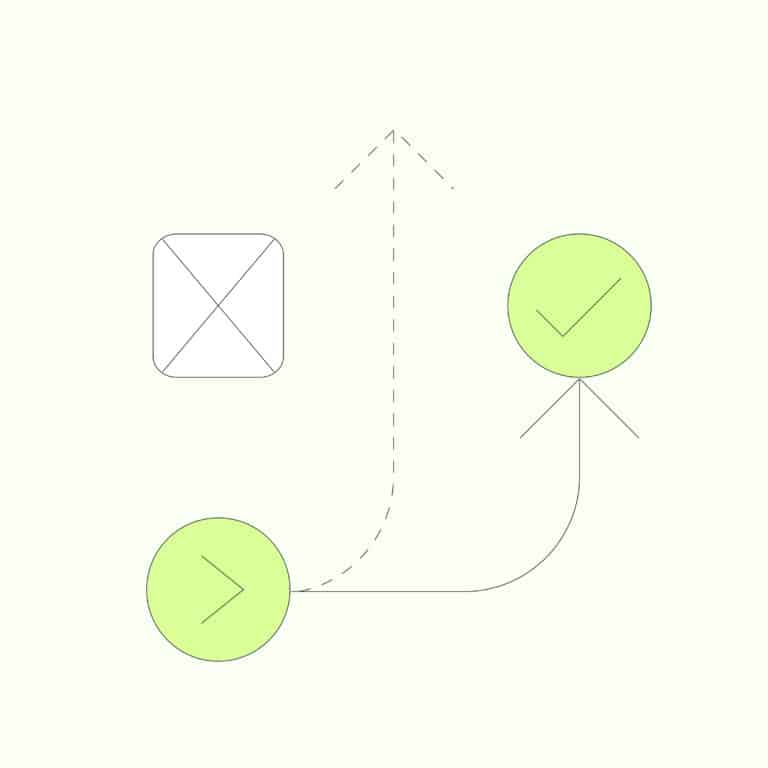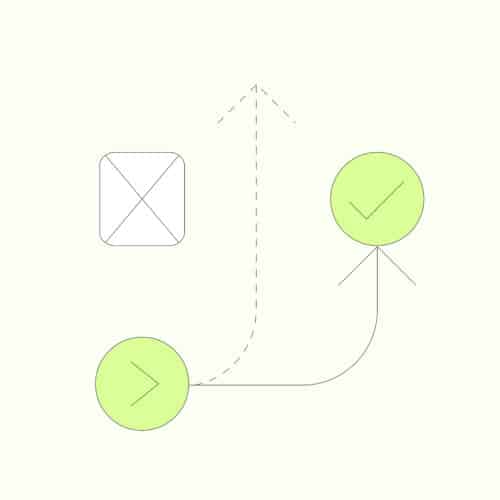BLOG
Solving Prescriptive Analytics Challenges


Address These Predictive Analytics Challenges To Realize Greater Value With Your IoT Strategy
Have you ever used the EmberⓇ Mug? It’s an IoT coffee cup that allows the drinker to set and maintain their preferred beverage temperature with a simple app on their phone.
Some of us at Very use it regularly. It’s a cool smart product, but also one that serves as a prime example of a product with diminishing value.
Don’t get us wrong — we love keeping our coffee hot — but without a plan to create additional value for consumers over time, that cup that connects to our phone isn’t much more than a mug.
For businesses that leverage IoT technology, creating long-term recurring value means creating a prescriptive analytics strategy.
From Predictive to Prescriptive Analytics
The IoT industry may be growing quickly, but it’s still a nascent field. The industry at large is missing a cohesive IoT business strategy that connects better experiences for consumers with more repeatable revenue for businesses. There’s room for substantial development beyond what’s currently happening.
Take predictive maintenance, for example. If you can use machine learning and IoT to determine when a machine will break before it happens, you could save millions of dollars in productivity gains alone, not to mention the services and parts costs.
But if you stop there, you’re still missing out on a huge piece of value that could be derived from this AI and IoT solution. What would it look like if you went beyond predictive maintenance and adopted what the industry describes as prescriptive analytics?
- You could leverage the behavioral data you’re collecting to recommend certain products or services that would reduce service calls in the future.
- You could save your customers money by upgrading or downgrading them to a different service tier based on their usage, creating more loyalty and (and ultimately more long-term revenue).
By consistently evaluating and acting on the data that your devices collect, you can build a long-term success strategy that is personalized—but automated—for each customer.
This is especially critical as the novelty wears off and IoT devices become more ubiquitous.
When a business bakes long-term value into a product, the company can charge recurring revenue (or potentially increase prices) for continued service. And when a customer sees continued value beyond the initial sale, they extend the relationship without a second thought.
With prescriptive analytics, the only real limitations are the quality of your data science operation and the creativity of your team.
Operational Challenges
In theory, prescriptive analytics is a no-brainer. In reality, successfully operating a prescriptive analytics strategy may prove challenging.
How challenging it is will come down to the two core principles a prescriptive analytics strategy revolves around: that customer data is reasonably accessible, and that you have access to the data science talent needed to turn that data into insight.
Here are some of the most common challenges you might run into when setting up your strategy.
B2B IoT — Siloed Data
It’s amazing how many companies (both large and small) either have no central place where they store customer data or have multiple siloed spots where that data exists.
In the IIoT and commercial IoT spaces, most business-to-business providers we encounter have many points of interacting with customer data. There’s the CRM, the ERP, the billing system, an archaic database of serial numbers, and the list goes on.
Often, when we dig in to build a prescriptive analytics strategy in IIoT or commercial implementations, there’s little to no integration between the data sources, and different departments own each system. Deep within the organization, you’ll typically find a BI tool that joins some of the data but fails to centralize everything in one place.
B2C IoT — Huge Numbers of Consumers
In business-to-consumer IoT, we see a different issue that is no less problematic. Because there are so many individual consumers and so many data points, building meaningful machine learning models requires extraordinarily talented data scientists and software engineers working together to tailor the models to individuals.
Data Science Is Key
Organizations often forget they’re sitting on a trove of customer data within the ecosystem of each IoT product they create.
With a bit of customization during app development, an organization can collect and synchronize customer data, solving both the silo issue and the no-system-of-record problem.
While the ROI is high, the process is generally easier said than done—particularly for B2C companies. For one, you’ll be dealing with an unholy amount of data, with every single action from devices at the edge capable of being tracked and processed.
For some companies, it seems like a great idea to collect all of this intel and figure things out later, but this can become expensive and headache-inducing down the line when you want to evaluate the data for trends.
The better move is to engage with a data science team during the architecture of your data collection. Your data science team should provide both an initial model to evaluate as well as a future-proofed schema to evaluate changes needed later.
The second problem many B2C companies face is sending constant streams of data directly into the system of record. Unless you want your SaaS expenses to skyrocket, this is a failing strategy. Store the data in the cheapest place possible, and have your data science team build algorithms to send only select information to that system of record.
Finally, you’ll want to establish a cadence with your data science team to evaluate your algorithms, ensure they’re sending up the right notifications, and identify new opportunities for data collection.
What Do You Do With All That Data?
Beyond performing regular algorithm checkups, you’ll also need to decide how you’ll put all that data to use. This is the million-dollar problem.
Our recommendation? Don’t be afraid to get creative when making sense of the patterns that emerge: engage with a variety of people within your organization and/or Interview customers about the patterns you’re seeing (and ask probing questions).
Then work with your product team to develop innovative solutions to these problems.
Privacy is Paramount: Let Customers Opt-In
Prescriptive analytics strategies can provide highly scalable ROI for companies going to market with an IoT device, but we can’t too get carried away with the behavioral and demographic data we’re collecting from customers.
Not only is there a question of ethics, but there are also laws — most notably GDPR — that protect consumers against unwanted tracking and data collection.
That means you’ll need to provide sufficient reason and value for collecting and analyzing data. While collecting the opt-ins might seem like a headache, the power of choice is good for the consumer. Let them have it.
Will the data your device collects provide actual value to consumers using the device? Will the algorithms it produces provide value — or is your strategy mostly focused on helping you sell more stuff?
If you’re not sure where to draw the line when creating a prescriptive analytics strategy, consult both a lawyer and your conscience.
The Path to Long-Term Value
IoT devices still feel shiny and new in many markets, but ubiquity is coming. Once everyone has multiple IoT devices at home and at work, the competitive edge will be in the residual value that you can provide to consumers with your prescriptive analytics strategy.
With a cohesive IoT business strategy, your organization can connect better experiences for customers with more repeatable revenue for the company.










